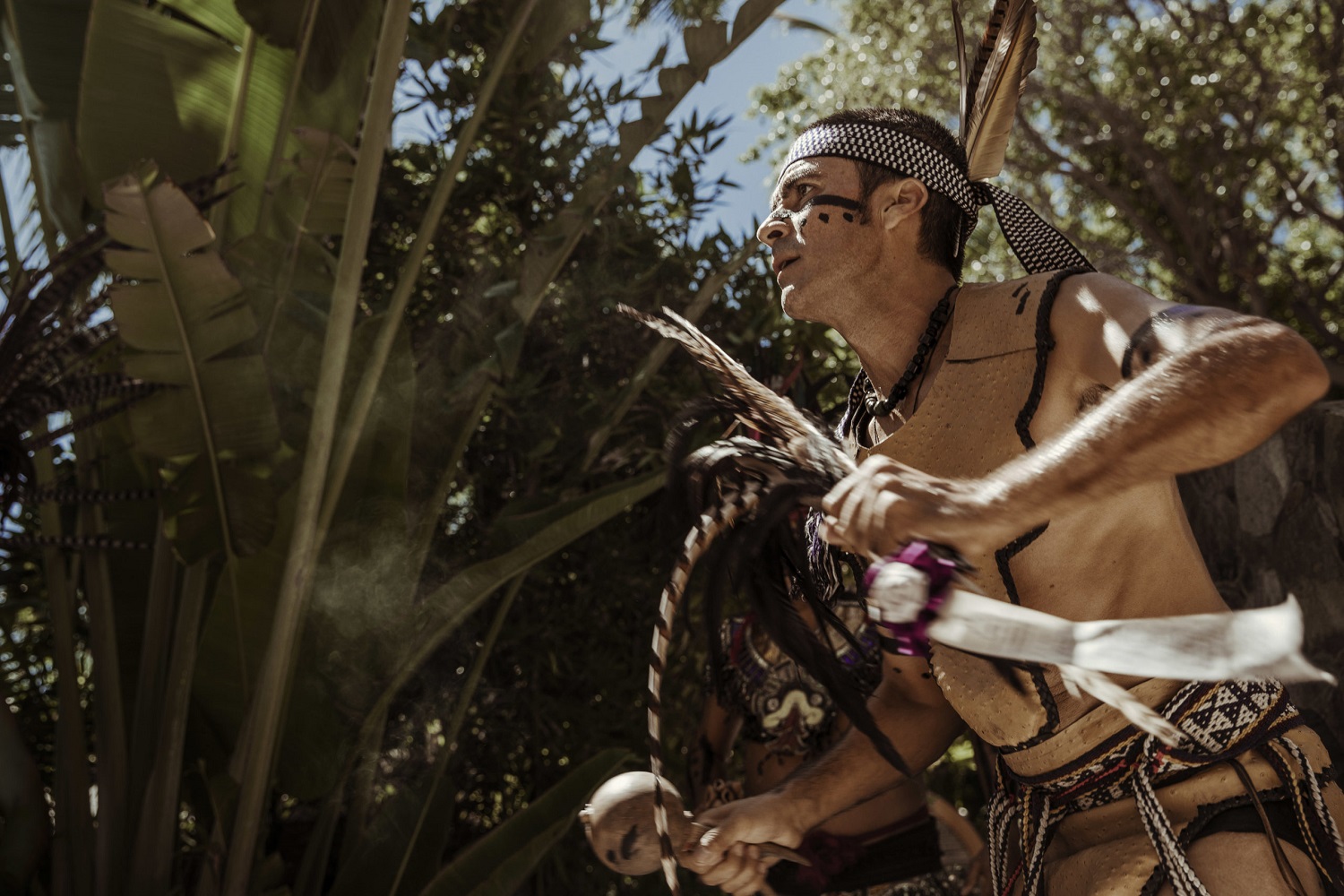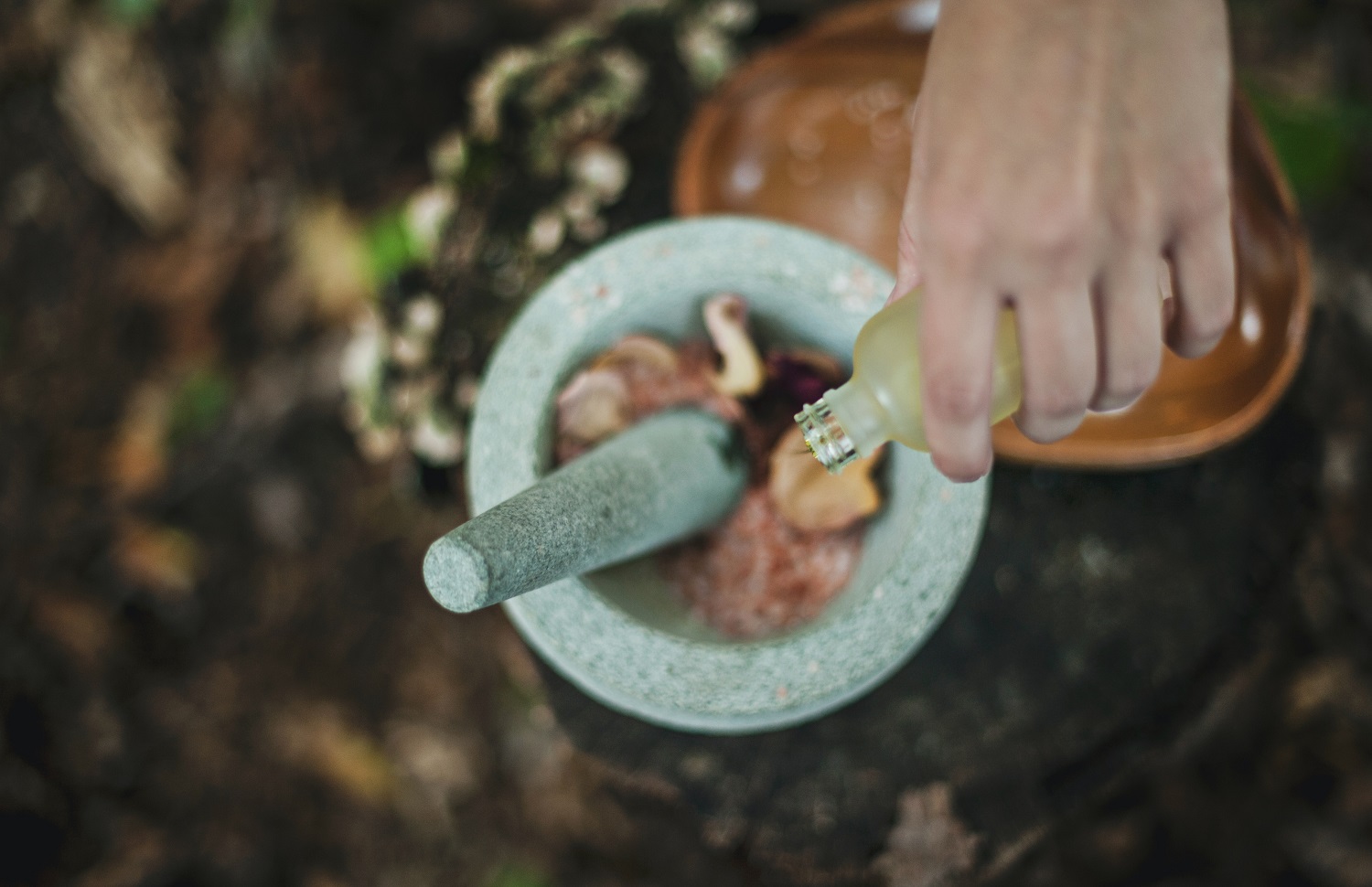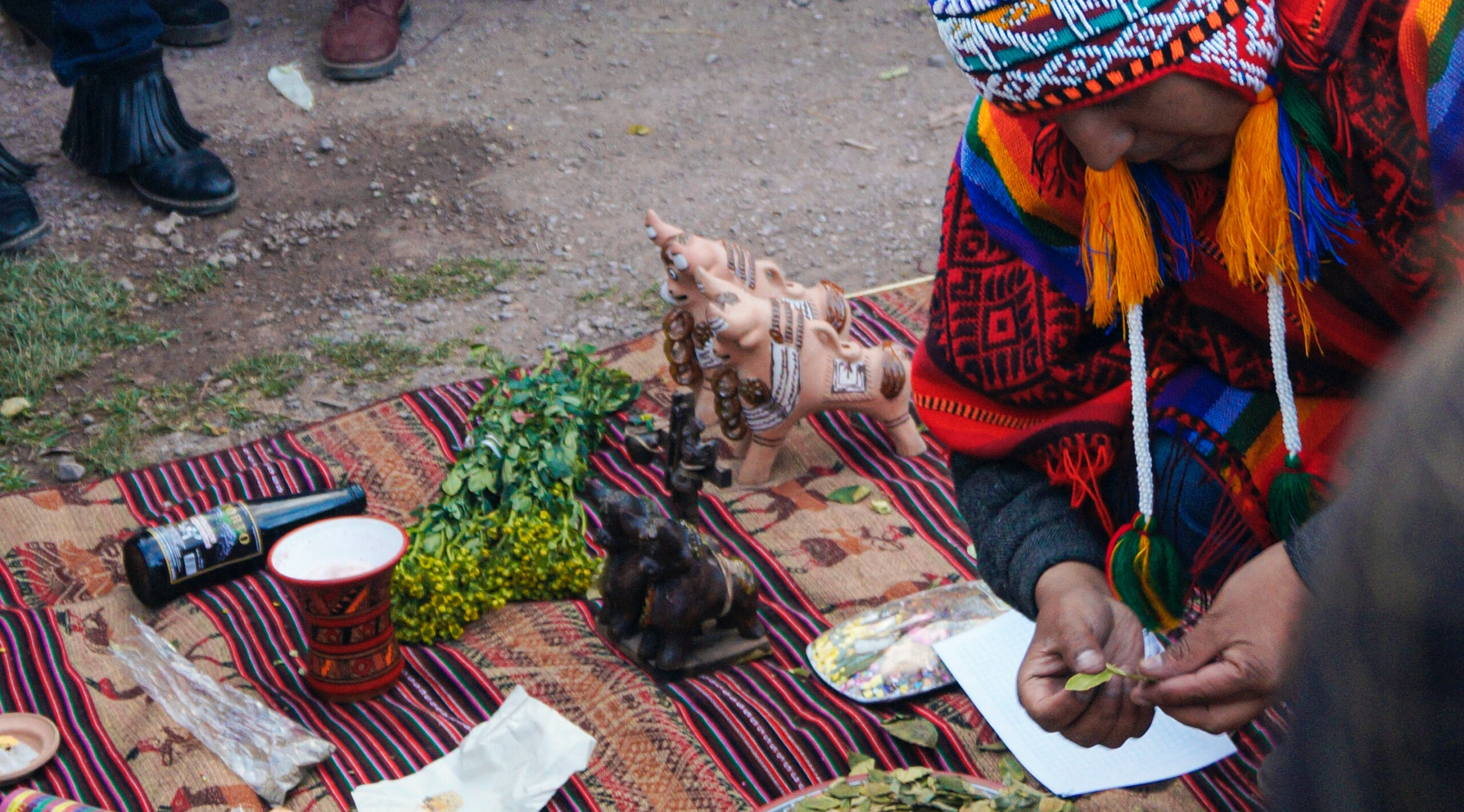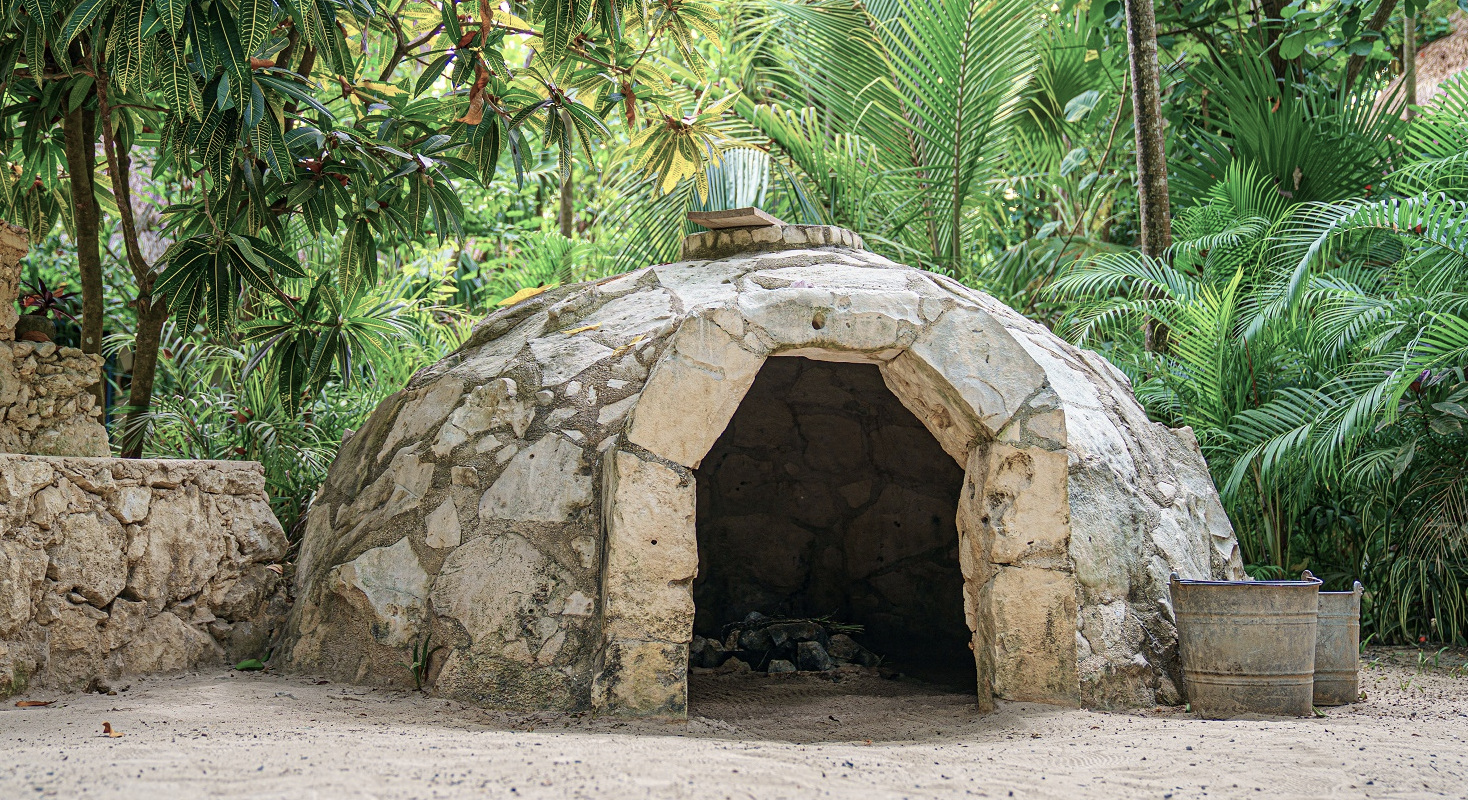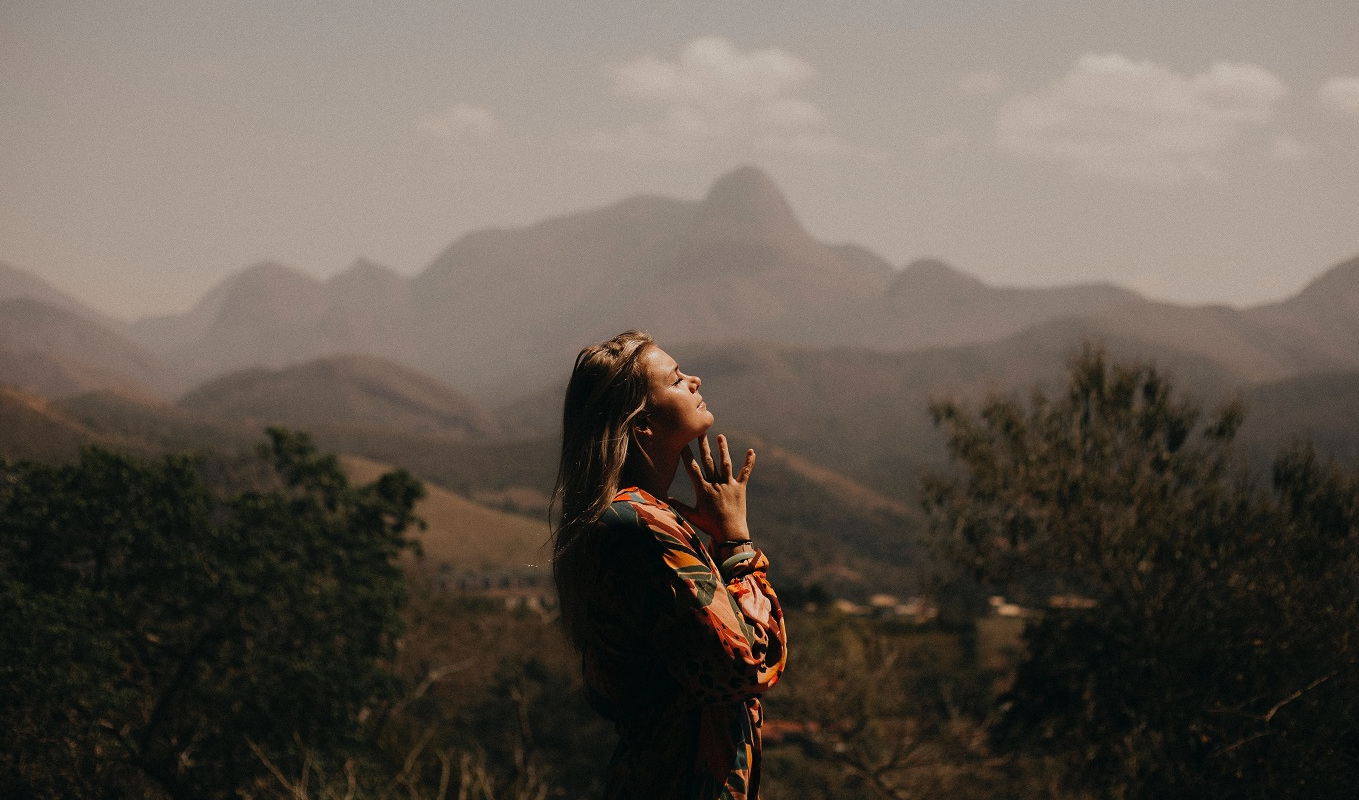
Trend Watch Curanderismo: The Power of an Ancient Tradition
The Latin American healing tradition is becoming increasingly popular in Europe. We reveal what it entails and who it's suitable for.
January 11, 2023
Ayurveda, the traditional Indian healing doctrine, has become household name for most people, as has Traditional Chinese Medicine (TCM). Still relatively unknown in the Western world is Curanderismo, even though the holistic healing tradition is a part of everyday life in Latin America.
What is Curanderismo?
For hundreds of years, people in Mexico, Central and South America have relied on the healing art of curanderas and curanderos. They have either learned their knowledge from their ancestors, studied at university, or been trained by experienced practitioners. Going to them is no more unusual in Latin American countries than going to the supermarket.
At One&Only Palmilla in Mexico, guests can participate in spiritual rituals. © Rupert Peace
The boundaries between shamanic practices, herbalism, Christian symbols, ancient rituals, medical knowledge and prayers are fluid. While some well-known curanderismos, such as Don Pedrito, rely primarily on herbs, water and mud, others draw on the support of Catholic saints. In Peru, Saint Martin de Porres is particularly popular in this regard. Some also use hallucinogens.
The most common applications
Those who specialize in herbs are called "yerberos". "Hueseros" are dedicated primarily to manual therapy. Other subcategories are "Parteras" (midwives), "Brujas" (witches) and "Oracionistas". The latter promise healing through prayers. There is hardly a complaint for which the curandero or curandera would not have a medicine, prayer or ritual.
Indispensable: Herbal knowledge. © Katherine Hanlon
Especially often they deal with the expulsion of negative energies. They do this, for example, with purification rituals ("limpias"). Many of these practices are strongly associated with superstition. On the one hand, they lead to desired results thanks to unshakable faith - keyword "placebo effect". On the other hand, the effects of medicinal plants and manual therapies are well proven.
Known elements
Ayahuasca is also becoming increasingly known in the West. In the cultural context, the decoction of psychotropic plants is used to get in touch with ancestors and spirits. Originally a religious-spiritual experience, there is now systematic-scientific research that deals with the potential of ayahuasca. At least as old but far less controversial is Temazcal.
Curandero in Peru. © Guillermos Sifuentes
This is a type of steam bath that was known long before the rise of the Aztecs. Round adobe ovens serve as sweat rooms for this purpose. They are usually entered through a narrow, low door. Inside, one pours water on a glowing wall, lies down on a mat and works on oneself with medicinal plants. Afterwards you cool down with cold water.
Sweat rooms have been known in Latin America since time immemorial. © Unsplash
How long one stays in the temazcal, how high the body has to lie, which temperature is ideal and which medicinal plants are used, is usually decided by the curandero or curandera based on the problem at hand.
Hotel recommendation:
The Spa at One&Only Palmilla in Mexico offers immersive healing rituals personalized after a consultation with a Mayan descendant. Led by a spiritual healer, the rituals, massages, retreats, and treatments serve to purify the body and mind.
One&Only Resort Palmilla. © One&Only Resorts
One&Only Palmilla
Carr. Transpeninsular, Tourist Corridor, 23400 San José del Cabo, B. C.S. Mexico
Web: oneandonlyresorts.com
Tel: + 52 624 1467000
Price: double room incl. half board from approx. € 550,- per night

